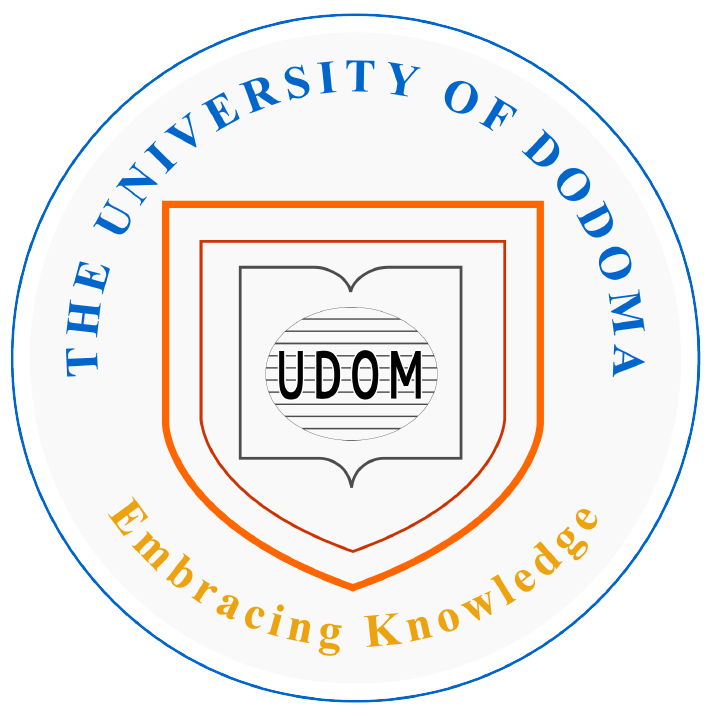Abstract
This study examines the linguistic landscape of Tanzanian public universities, focusing on Kiswahili’s dominance in public communication. While language use in urban Tanzania has been widely researched, the higher education sector, especially campus signage, remains underexplored. To address this gap, this paper discusses how Kiswahili continues to dominate signage in university public spaces and its role in promoting accessibility and inclusivity. Data were collected through photographic documentation of institutional and commercial signs at the University of Dar es Salaam and the University of Dodoma. Using qualitative content and thematic analysis based on the Linguistic Landscape approach and Bilingualism Theory, the findings reveal that Kiswahili only and Kiswahili and English bilingual signs prevail on campuses, accentuating Kiswahili’s role in facilitating communication among diverse groups. English only signs appear mainly in formal academic contexts. Emerging multilingual signs, including Chinese, reflect global influences, while signs with personal names highlight identity and belonging. The study emphasizes Kiswahili’s unifying role and calls for inclusive language policies that accommodate linguistic diversity and ensure equitable access to information. Future research could explore how campus communities engage with multilingual signage to deepen understanding of language, identity, and globalization in education.
